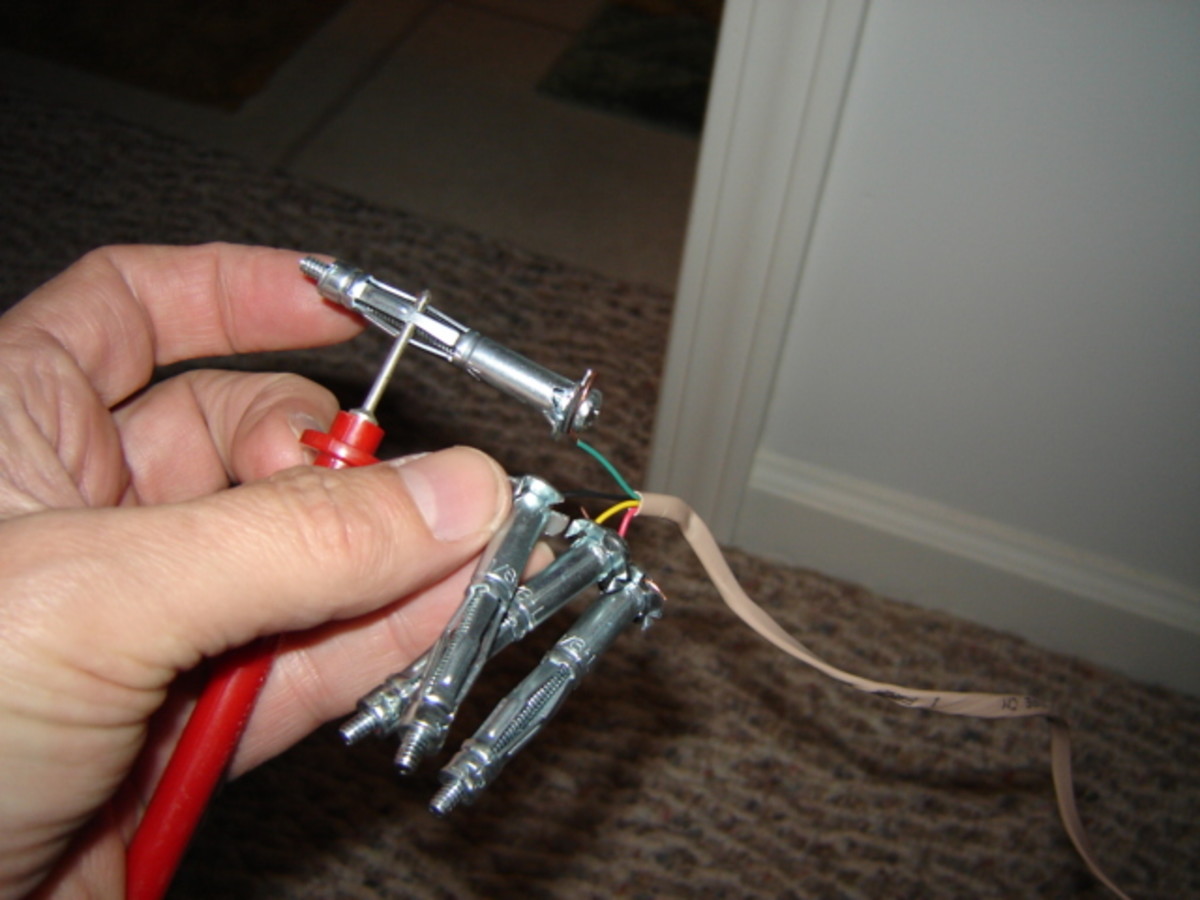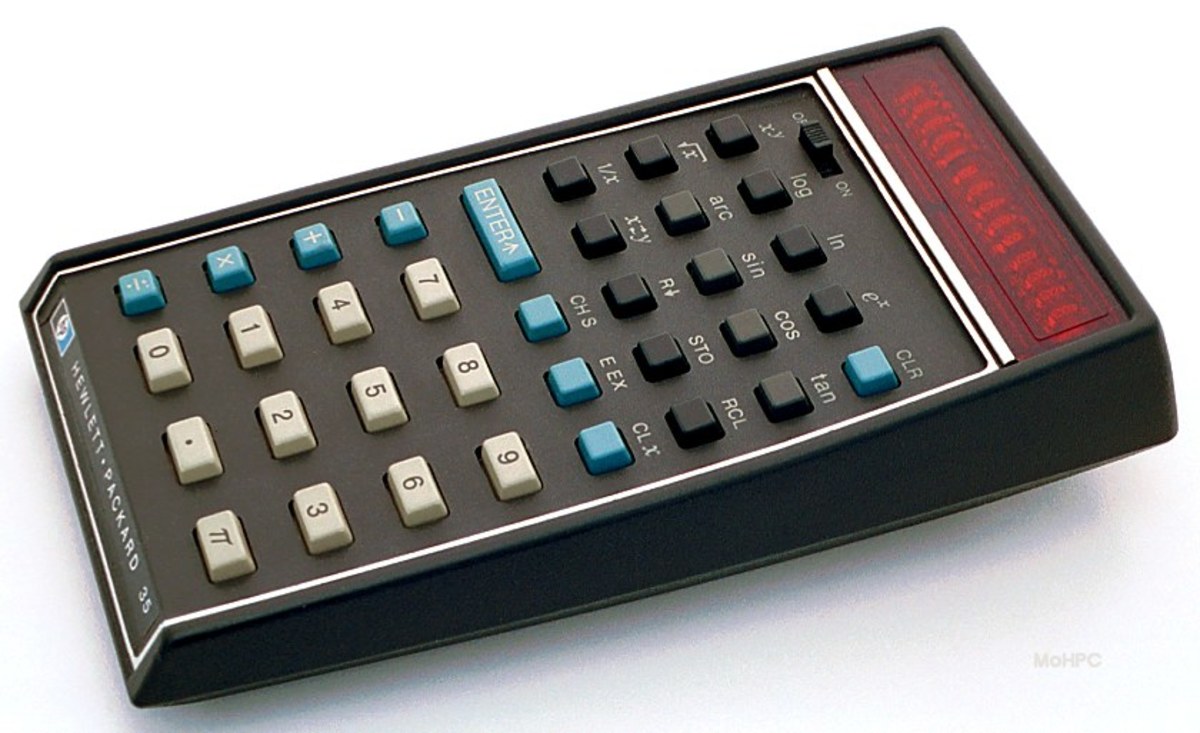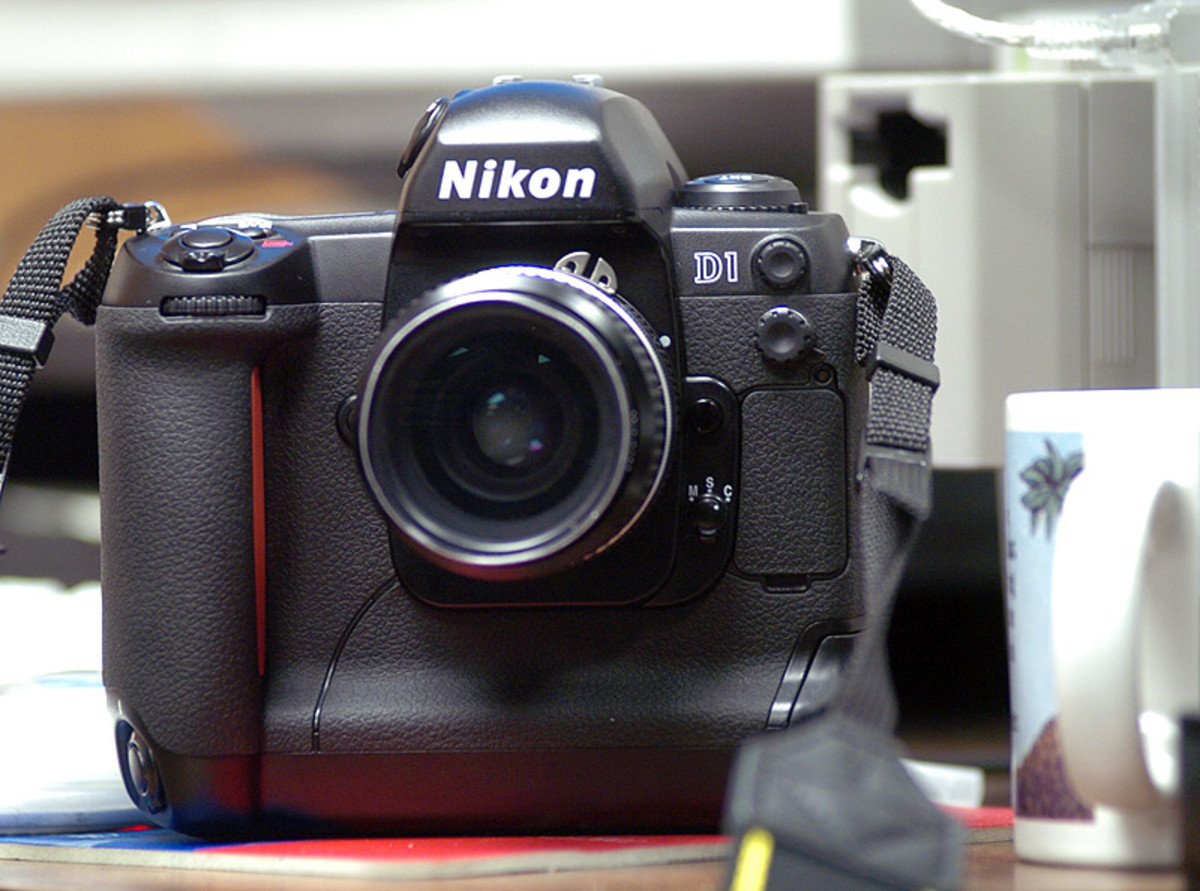Mobile Gadgets: H2O Water Battery Powered Calculator
Sitting on a shelf beside my desk is a solar powered Casio desk calculator. It is small without being too compact. It is lightweight and is easy to store away when I get finished with my math needs. I remember buying this calculator and I have always been amazed at how well the solar panel works and how long the charge lasts although it is only used indoors.
A Calculator Can Be Powered by Tap Water
Now there is another amazing calculator that has caught my wandering eye. It is very similar in shape and size. It adds, subtracts, multiplies and divides just like any other calculator. It has twelve keys that are easily read. It is also lightweight and could probably be stored in much the same space and way as my solar calculator. If is so similar you are probably asking what the difference is. The answer will most likely surprise you.
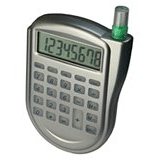
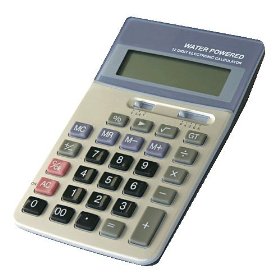
Ordinary tap water (H2O) powers this new calculator. No solar panels, no alkaline or Ion batteries needed. There are batteries involved but they are charged and re-charged by water instead of electrical power. See what I mean? Are you impressed yet?
How Long Does a Tap Water Charge Last?
Water powered batteries have a long lasting charging cycle. Depending on which water calculator is chosen a single water battery can charge a calculator for up to three months. Solar batteries need light and the water batteries need water. I like that neither one needs an electrical outlet since outlets are always in short supply in my house.
What to do with Dead Batteries
It may seem like a small thing but everything we can do that cuts down on the number of batteries that have to be disposed of is important. Not only from the “green” way of thinking but also from the organized way of thinking. For most of us it is difficult to drop batteries into the trash.
Batteries look harmless even when they are depleted. On the other hand, have you ever come across a battery that is oozing battery acid? Just the other day I opened a brand new box of AAA batteries and one of them was incrusted with green and white corrosion. What did I do with it? It was placed in a plastic container with other batteries that need to be disposed of the next time my community has a “haul off your hazardous waste day”. The clutter is annoying but necessary – to date anyway.


